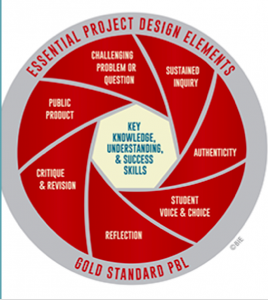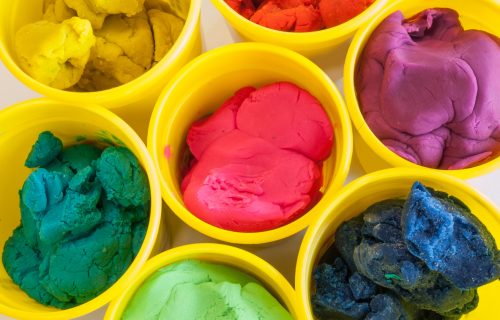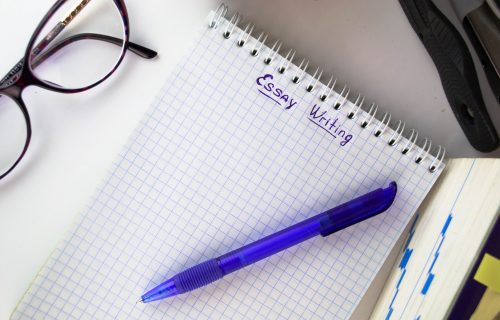
PBL for AP Global Challenges
A couple of years ago, I started to do some research on how the brain learns. My two biggest take-aways were that the brain gets energized by social learning and inquiry learning. I believed that I could increase students learning by creating opportunities for students to
- pursue topics that interest them
- take ownership of their learning
- be creative in the demonstration of their learning
I began to work with one of our school instructional coaches (shout-out to Laura!) and we decided to start this experimentation with my AP French class. We also knew we wanted students to:
- share their learning with their peers
- learn from their peers as they listened and collaborated in groups
- use a variety of technologies
- contribute to the creation for success criteria
- think critically as they researched and read a variety of sources
- think creatively as they developed an answer to their driving question
These goals led us to PBL- Project Based Learning. “In PBL, students are pulled through the curriculum (as opposed to being pushed) by a meaningful question to explore, an engaging real-world problem to solve, or a challenge to design or create something. They ask questions about the topic and develop their own answers. To demonstrate what they learn, students create products and make their work public to people beyond the classroom.” This quote is taken from the book, “PBL Starter Kit” published by the Buck Institute for Education. The essential elements of the the Gold Standard PBL are found in the following diagram:

Credit: BIE
I presented on the Global Challenges PBL that we came up with at ACTFL 2018, ICTFL 2018 and AATF-Northern Illinois Chapter 2019. That presentation can be found under the Documents Tab at the top of this page or by clicking here. The presentation takes you through the steps, using the above diagram. Also under the Documents Tab, if you scroll to the bottom, you can find all of the accompanying materials that I used to implement this.
To note: Throughout the unit, I devoted 1 day a week of class time for student research and 1 day a week for collaboration and feedback. The other 3 days were used to cover the regular AP curriculum and tasks. Students used a variety of discussion protocols and technologies to provide check-ins and peer feedback. These included:
- Final Word Discussion
- Round Robin
- Thinking Maps
- Decision Making
- Mentimeter
- Learning Logs in Numbers
- Fishbowl
- Book Creator
- Google Forms
I can say that, without a doubt, my students were engaged and learning throughout this process. Their brains were energized!
If you have any questions on this process, please contact me at jesuismsmadame@gmail.com or use the Contact Me Tab at the top of the page!
Next up: I will share my mini PBL for the AP Beauty & Aesthetics Theme.



